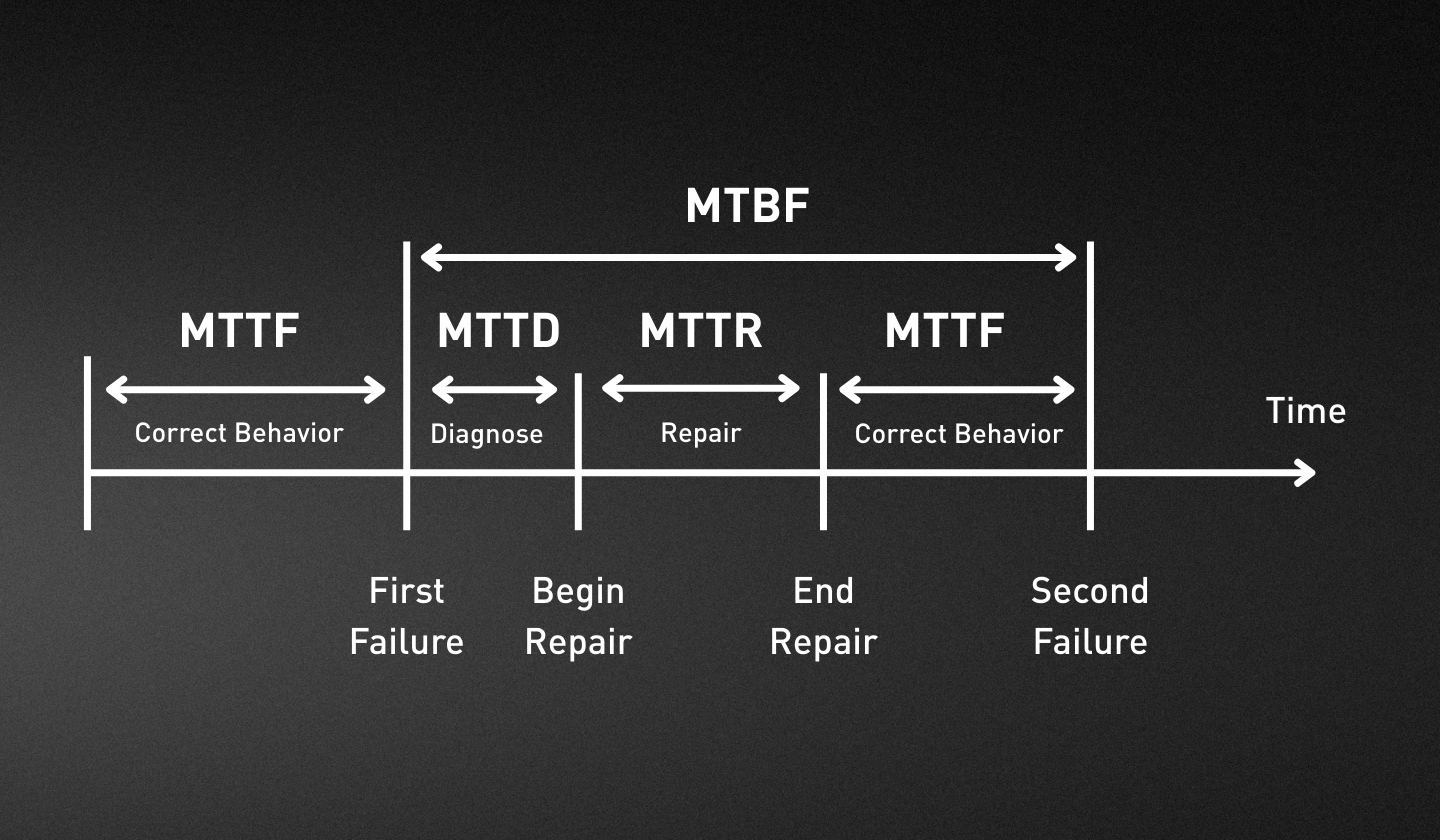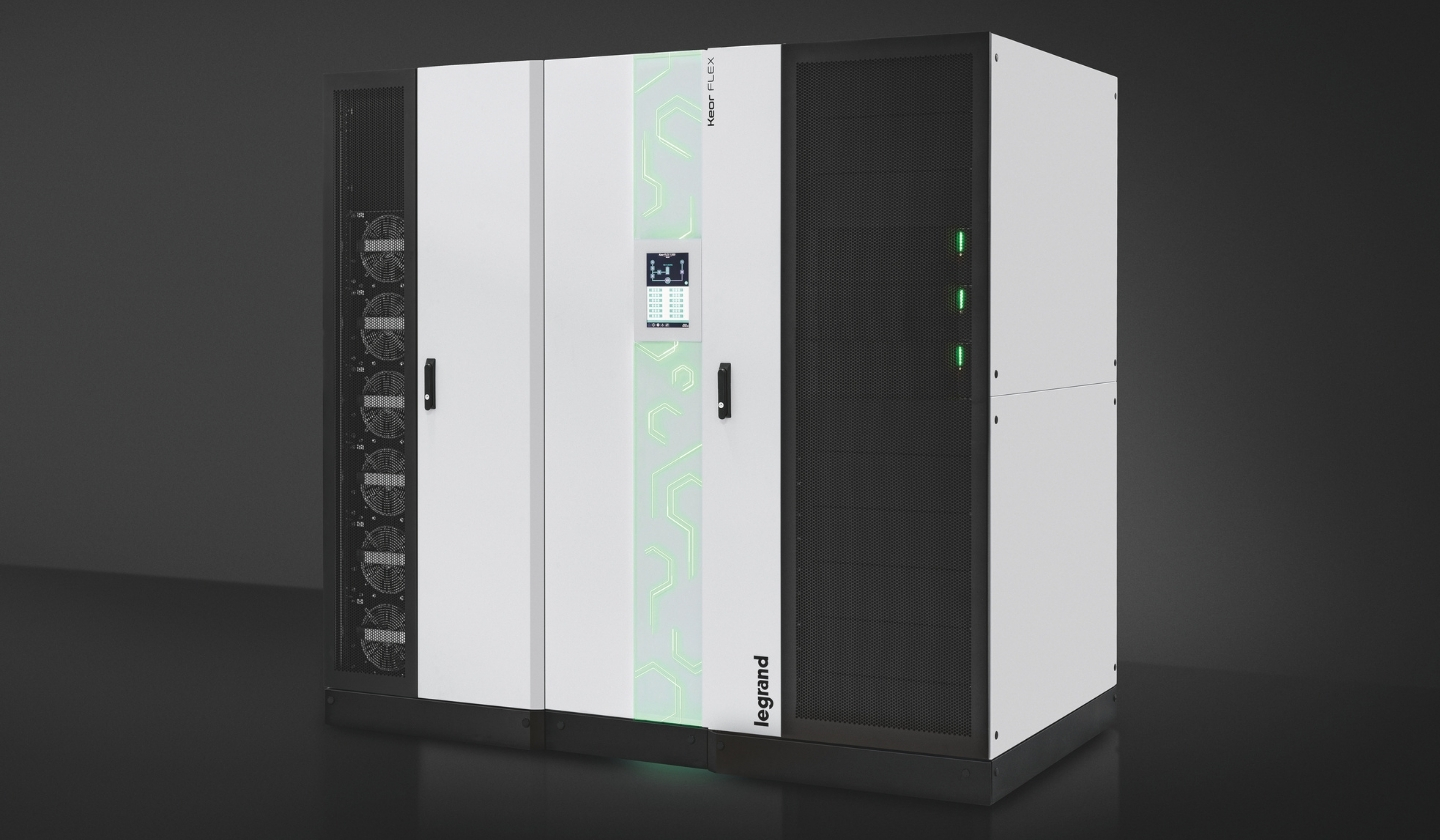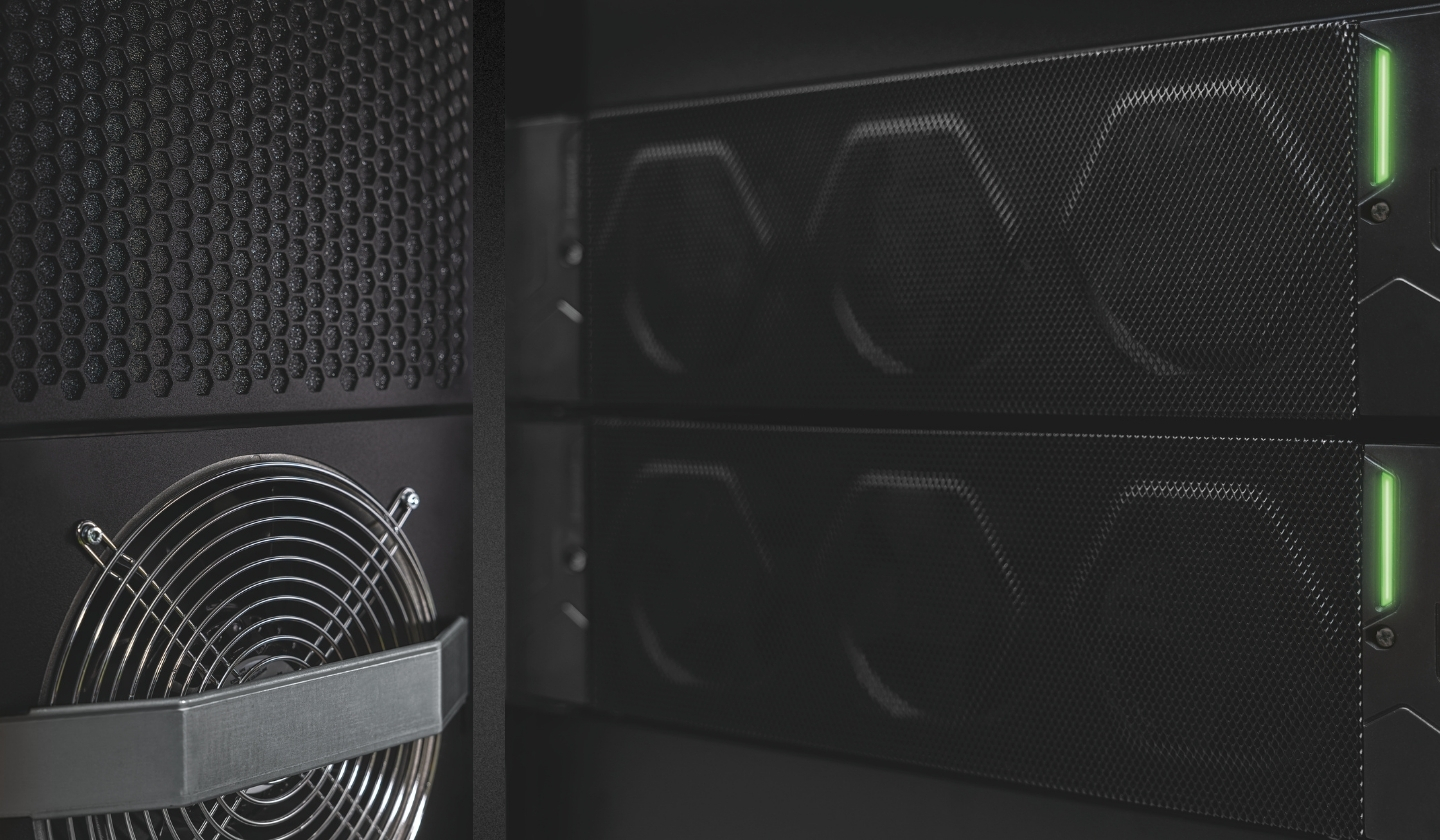MTTR and MTBF: Key Metrics for Maximizing UPS Reliability and Uptime
Why MTTR and MTBF Matter in UPS Performance

In critical power environments like data centers, every second of downtime impacts operations, revenue, and customer trust. Reliability depends not only on robust equipment, but also on knowing how it performs over time and how quickly it can be restored. Two key metrics — MTBF (Mean Time Between Failures) and MTTR (Mean Time to Repair) — define both reliability and service continuity.
These figures, when provided by the manufacturer, give operators actionable insight into the expected reliability of a UPS and the speed at which it can be returned to service after a fault. They also serve as benchmarks to improve maintenance processes and optimize operational strategies.
What Is MTBF?
MTBF (Mean Time Between Failures) measures the average operational time a system runs between inherent failures. It is expressed in hours and indicates how long a UPS can typically function before experiencing a fault.
Why MTBF Matters:
A higher MTBF value reflects a more reliable system with fewer unexpected interruptions. MTBF allows operators to predict maintenance schedules and plan replacement cycles.
For modular UPS architectures, MTBF data helps determine overall system availability based on component reliability.
In high-quality modular UPS systems, individual power modules often have MTBF values exceeding 1,000,000 hours—resulting in exceptional predicted reliability over extended periods.
What Is MTTR?
MTTR (Mean Time to Repair) measures the average time needed to restore a system to full operation after a fault. Depending on the context, it may also stand for mean time to recover, resolve, or respond—all of which directly impact service continuity in critical power environments.
In modular UPS systems with hot-swappable components, MTTR can be reduced from hours to just minutes. This design allows faulty modules to be replaced without shutting down the entire system, significantly minimizing downtime. Combined with clear diagnostics and easy access to components, a low MTTR ensures faster recovery, higher uptime, and more predictable maintenance planning.
In advanced modular UPS systems, hot-swappable architecture and streamlined diagnostics can reduce MTTR for individual power modules to less than 30 minutes—far outperforming the multi-hour repair times of monolithic designs. In Keor FLEX, a redundant modular design with a fault-tolerant busbar ensures continuous operation, while front access and hot-swappable components cut maintenance time to under 5 minutes.
Why MTTR Matters:
A lower MTTR means faster recovery, minimizing downtime impact on critical loads.
MTTR reflects serviceability - how easily components can be replaced or serviced.
When combined with MTBF, MTTR provides a full picture of expected system availability.
Why Manufacturer Data Is Crucial
Accurate MTBF and MTTR values come from extensive testing and operational data provided by the UPS manufacturer. These figures are essential because they:
Ensure transparency on product reliability and serviceability.
Allow benchmarking across different UPS models and brands.
Support SLA (Service Level Agreement) planning and risk analysis.
Legrand provides detailed MTBF and MTTR information for its UPS solutions, giving operators confidence in their infrastructure’s performance.
Maximizing Uptime with Keor FLEX UPS

Keor FLEX is Legrand’s high-power modular UPS, engineered for exceptional reliability and minimal repair times. Its design inherently optimizes both MTBF and MTTR:
Features that Impact MTBF:

Robust modular architecture designed for long service intervals.
High-quality components tested to ensure long-term reliability.
Advanced monitoring to detect and address potential faults early.
Features that Reduce MTTR:

Hot-swappable power modules allow replacement without interrupting power to critical loads.
Simplified diagnostics and clear status indicators speed up troubleshooting.
Modular scalability ensures maintenance can be performed quickly without taking the entire system offline.
With high MTBF values and exceptionally low MTTR, Keor FLEX maximizes uptime—ensuring data centers meet their operational and service continuity requirements.
How MTTR and MTBF Influence Availability
System availability is often calculated using both MTBF and MTTR:
Availability (%) = MTBF / (MTBF + MTTR) × 100
This formula shows how even small reductions in MTTR can dramatically increase overall availability, especially in systems with already high MTBF.
By selecting UPS systems with high MTBF and low MTTR, operators can meet stringent uptime targets.
For example, a UPS with an MTBF of 500,000 hours and an MTTR of 30 minutes can achieve availability levels exceeding 99.999% — the “five nines” standard for mission-critical facilities.
Using Metrics for Continuous Improvement
MTTR and MTBF are not just numbers—they are tools for refining both technology and operational practices. These metrics help teams identify weak points, improve maintenance workflows, and design systems with greater fault tolerance. They also complement other incident management KPIs, such as:
MTTA (Mean Time to Acknowledge) – measuring how quickly incidents are recognized.
MTTD (Mean Time to Detect) – measuring how fast issues are identified.
Together, these metrics create a more complete picture of system performance and support proactive reliability management.
When paired with AI-driven monitoring, MTTR and MTBF data can predict potential failures and trigger proactive interventions before service is impacted.
The Business Value of Monitoring These Metrics
Understanding MTBF and MTTR helps businesses:
Minimize downtime costs by reducing failure frequency and repair time.
Optimize maintenance schedules and spare parts strategy.
Ensure compliance with uptime and operational risk standards.
Increase ROI on infrastructure investments through higher service availability.
For data centers and other critical environments, MTTR and MTBF are not just technical metrics - they are key performance indicators of resilience and operational assurance. By evaluating manufacturer-provided data, operators can choose systems that deliver both reliability and serviceability.
Legrand’s Keor FLEX UPS combines high MTBF with low MTTR through its modular, hot-swappable design and high-quality engineering, ensuring maximum uptime while reducing operational risk.
























 Canada
Canada
 Latin America (English)
Latin America (English)
 Latin America (Espanol)
Latin America (Espanol)
 USA
USA
 China
China
 India
India
 Japan
Japan
 Republic of Korea
Republic of Korea
 South East Asia (English)
South East Asia (English)
 Austria
Austria
 Belgium
Belgium
 France
France
 Germany
Germany
 Italy
Italy
 Netherlands
Netherlands
 Spain
Spain
 Switzerland
Switzerland
 Turkey
Turkey
 UK
UK
 Africa (english)
Africa (english)
 Africa (français)
Africa (français)
 Middle East (english)
Middle East (english)
 Australia
Australia
 New Zealand
New Zealand